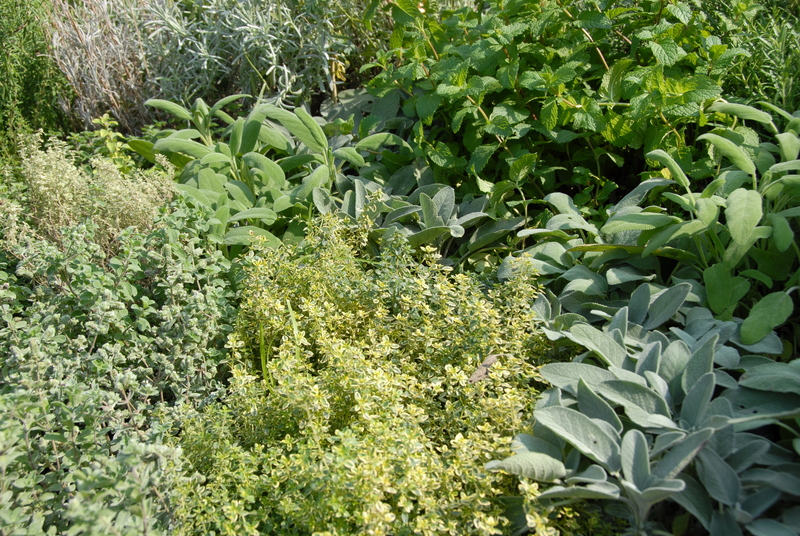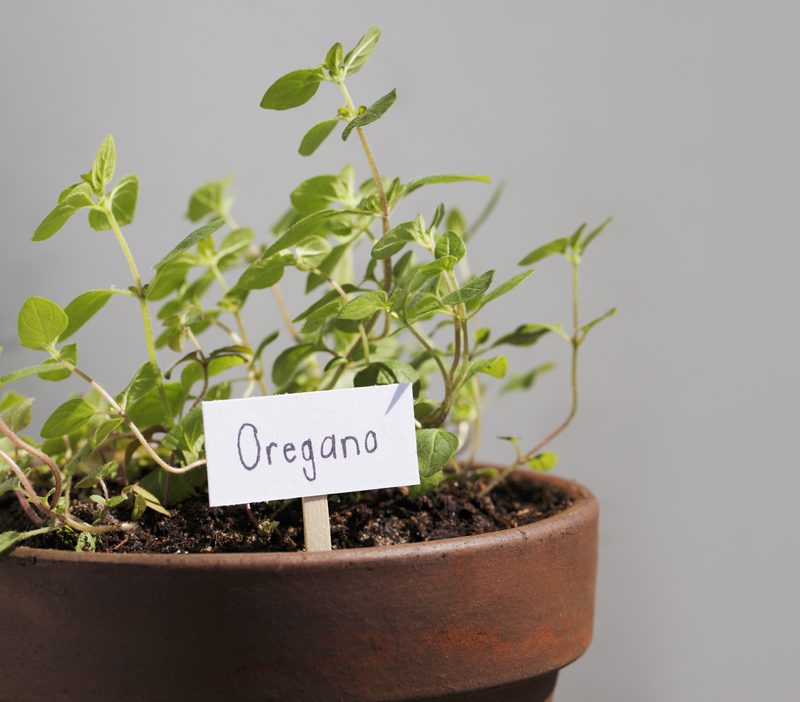Identifying Lawn Grub Infestations
Posted on 11/06/2025
Maintaining a lush, green lawn is a point of pride for many homeowners, but achieving this goal can be challenging when lawn grubs are part of the equation. Lawn grubs, also known as white grubs, are the larvae of various beetle species. These pests can wreak havoc on your lawn by feeding on the roots of grass, leading to brown patches and weakened turf. Understanding how to identify a lawn grub infestation is essential for effective lawn care and maintenance.
What Are Lawn Grubs?
Lawn grubs are the juvenile forms of beetles like the Japanese beetle, June beetle, or chafer beetle. These larval pests are typically white to cream-colored with brown heads and a characteristic C-shaped body. Measuring anywhere from half an inch to an inch in length, they are most often found in the soil just below the grass surface. During the larval stage, these grubs feed voraciously on grassroots, weakening the grass plants and causing significant damage.

Signs of a Lawn Grub Infestation
Identifying a lawn grub infestation early can save you from extensive lawn damage. The following are key indicators to watch for:
1. Irregular Brown Patches
One of the first signs that grubs are present is the appearance of brown or dead patches on your lawn. These patches are usually irregularly shaped and can expand over time. Initially, these spots might be mistaken for drought stress or fungal infections, but if they do not improve with watering or fungicide treatments, it is worth investigating further for grubs.
2. Spongy Turf
Another giveaway that grubs are at work beneath your yard is spongy-feeling turf. As grubs munch on grassroots, the affected areas lose their anchorage and become easy to peel back like a carpet. If you can lift the sod in patches with little effort, exposing grubs in the soil beneath, you've likely found the culprits.
3. Increased Animal Activity
Animals such as birds, skunks, raccoons, and moles are natural predators of lawn grubs. If you notice an increase in these animals digging or feeding on your lawn, it's a strong indication that grubs are present. Unfortunately, these animals can exacerbate the damage by tearing up grass in search of a meal.
4. Grass That Will Not Green Up
During the growing season, healthy grass should be green and vibrant. If certain areas of your lawn remain dull and lifeless despite adequate water and nutrients, grubs could be disrupting root development, preventing the grass from thriving.
Confirming Grub Activity
While observing the above signs can suggest an infestation, confirming grubs' presence and assessing their population density is important for determining treatment necessity:
Soil Sampling
One effective way to confirm a grub infestation is to perform a soil sampling. Using a garden spade or shovel, cut a square foot section of turf about 2-3 inches deep. Inspect the soil and grassroots for grubs. Conduct this check in multiple areas across your lawn, especially where you've noticed damage. Finding more than 10 grubs per square foot can indicate a need for treatment.
The Float Test
Another method is the float test. Remove a section of sod from a suspicious area and place it in a bucket of water. If grubs are present, they'll float to the surface within a few minutes. This can provide an immediate visual confirmation of their presence.
Effective Treatment Options
Once you've identified a lawn grub infestation, taking action is vital to mitigate and repair the damage. Here are some common treatment options:
Biological Control
Nematodes are beneficial microscopic worms that can be used for biological control of lawn grubs. When applied to the soil, these nematodes parasitize and kill grubs. This method is environmentally friendly and safe for humans and pets. For best results, apply nematodes in the early morning or late afternoon when soil moisture is high, and temperatures are moderate.
Insecticides
Chemical insecticides are another option for grub control. Products containing active ingredients like imidacloprid or chlorantraniliprole can be effective. These should be applied when grubs are actively feeding, typically late summer to early fall. Always follow the manufacturer's instructions and safety guidelines when using chemical treatments.
Cultural Practices
Maintaining a healthy lawn through good cultural practices can help minimize grub damage. Regularly aerating the soil, mowing at a recommended height, and proper fertilization can promote vigorous root growth, making your lawn less susceptible to grub damage. Additionally, irrigating deeply but infrequently encourages deep root system development that grubs may struggle to harm significantly.

Preventing Future Infestations
While treating an existing infestation is necessary, preventing future outbreaks is equally important:
Scout for Beetles
Adult beetles lay eggs that hatch into grubs. Monitoring and reducing adult beetle populations can help prevent an infestation from taking root. Hand-picking beetles from plants or using traps can reduce their numbers. Planting trees and shrubs that repel beetles or attract birds that prey on beetles can also be a strategic measure.
Maintain Healthy Soil
A well-maintained, nutrient-rich soil environment promotes strong grassroots, making them less susceptible to grub damage. Regular soil tests and amendments based on test results can aid in soil health. Organic matter like compost can improve soil structure, enhancing water retention and root health.
Conclusion
Identifying a lawn grub infestation is a critical first step in protecting the health and beauty of your lawn. By recognizing the signs, confirming grub presence, and taking appropriate action, you can effectively manage and prevent these pests. Combining biological control, chemical treatments, and robust cultural practices offers a comprehensive approach to maintaining a thriving, grub-free lawn. Regularly monitoring your lawn and soil health will help ensure long-term success and enjoyment of your outdoor space.




